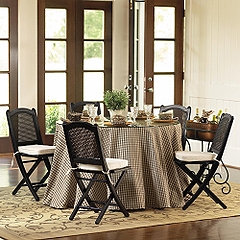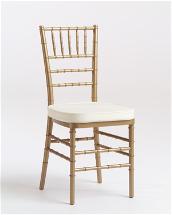

Best House Design, Best Home Design, Home Security, Green house design , Sustainable house design, Luxury homes, Interior design, Home decorator, Prefab Home, Small house, Cabin Design, Minimalis House, Modern House ,Modular House , Natural House, Green home design
Eco Timber provides an informative overview of standards for sustainably-harvested and reclaimed wood products. In addition to providing great shots of wood flooring options in various room settings, their wesbite is quite educational for the layperson trying to maneuver their way through the forest of eco-friendly information out there.



















Last month, PayPal mastermind Peter Thiel pledged $500,000 to The Seasteading Institute. Co-founded by Patri Friedman (grandson of Milton), the Institute’s official mission is to
Establish permanent, autonomous ocean communities to enable experimentation and innovation with diverse social, political, and legal systems.
In an article for the Wired website, Alexis Madrigal zooms in on the original motivations of the Institute’s founders;
True to his libertarian leanings, Friedman looks at the situation in market terms: the institute’s modular spar platforms, he argues, would allow for the creation of far cheaper new countries out on the high-seas, driving innovation.
“Government is an industry with a really high barrier to entry,” he said. “You basically need to win an election or a revolution to try a new one. That’s a ridiculous barrier to entry. And it’s got enormous customer lock-in. People complain about their cellphone plans that are like two years, but think of the effort that it takes to change your citizenship.”
While over at the excellent BLDGBLOG, Geoff Manaugh has turned his mind to the potential implications of “seasteading”;
What interests me here, aside from the architectural challenge of erecting a durable, ocean-going metropolis, is the fact that this act of construction – this act of building something – has constitutional implications. That is, architecture here proactively expands the political bounds of recognized sovereignty; architecture becomes declarative.
Sovereignty for sale? Whether you see this as a laudable quest for self-government or - as China Mieville argues - a morally bankrupt flight from responsibility, there are definite echoes of a certain late-80s paperback. But who knows? $500,000 might just be enough to give this scheme some real momentum.

“High-rise towers rarely develop the verticality of spaces they create, remaining instead only iconic objects in the urban landscape. Their interiors consist of stacked-up floor plates, maximizing leasable or usable floor area, and in urban centers where groupings of towers crowd to get her on the most expensive land, the spaces between the towers are ignored. No doubt, these conditions result from the single-minded interests of commercial developers and the isolation enforced by private property ownership.
The potential remains, regardless of the limitations of current attitudes, to invest the latent and actual verticality of towers with new programs of habitation that expand the meaning and experience of urban tower space.
This was the aim of the sixth semester design studio in the Graduate School of Architecture at Pratt Institute this past semester. It was realized in a one-to-one installation constructed by the members of the studio in the main space of a recent addition to the architecture building, designed by Steven Holl.
“The studio set out to explore a ‘proto-urban’ condition observed in cities throughout the world,” write the members of the studio. “Tower projects are rising to previously unimaginable heights, employing the very latest in technology, materials, design, and construction methodology. While many such endeavors enjoy great acclaim, the projects, typically ‘single point’ towers, rarely address the existing or emerging urban landscape. In this way, the tower, despite the use of expressive shapes and complex skins, is rapidly becoming the world’s generic building unit. Regulatory and economic realities often force this unit’s construction in a kind of non-contextual vacuum. Our studio explores what might occur if a complex of interrelated towers were to be commissioned. What types of relationships, physical or otherwise, might be formed? How might these new relationships change (for better or for worse) the ‘proto-urban’ environment?

Our proposal emerges from the spirit of research and is born of a commitment to an entirely collaborative design/build process. Our collective vision is the creation of four integrated towers. The structures are shaped and informed by a matrix of vertical urban planes based on an aggregate of the world’s many urban grids.Three of the emerging towers stand vertically while a fourth is set on a diagonal. The complex composition permits rich relationships between the structures and the ground plane while also giving rise to an entirely new form of public zone. The architecture will incorporate interactive experiences that fuse light, sound, and moving images in order to explore our studio’s interest in programs for verticality that relate primarily to the psychological desires and realities of ‘proto-urban’ dwellers.”

The results are visually powerful and evocative of new possibilities. What remains to be accomplished is a critical discourse about them, and a way to evaluate—or even answer—the questions invoked by “for better or for worse.”
LW
